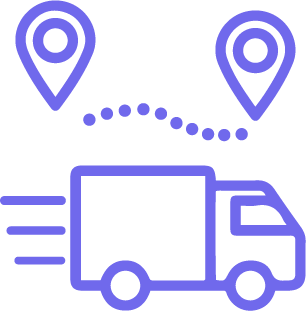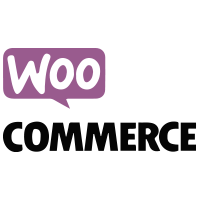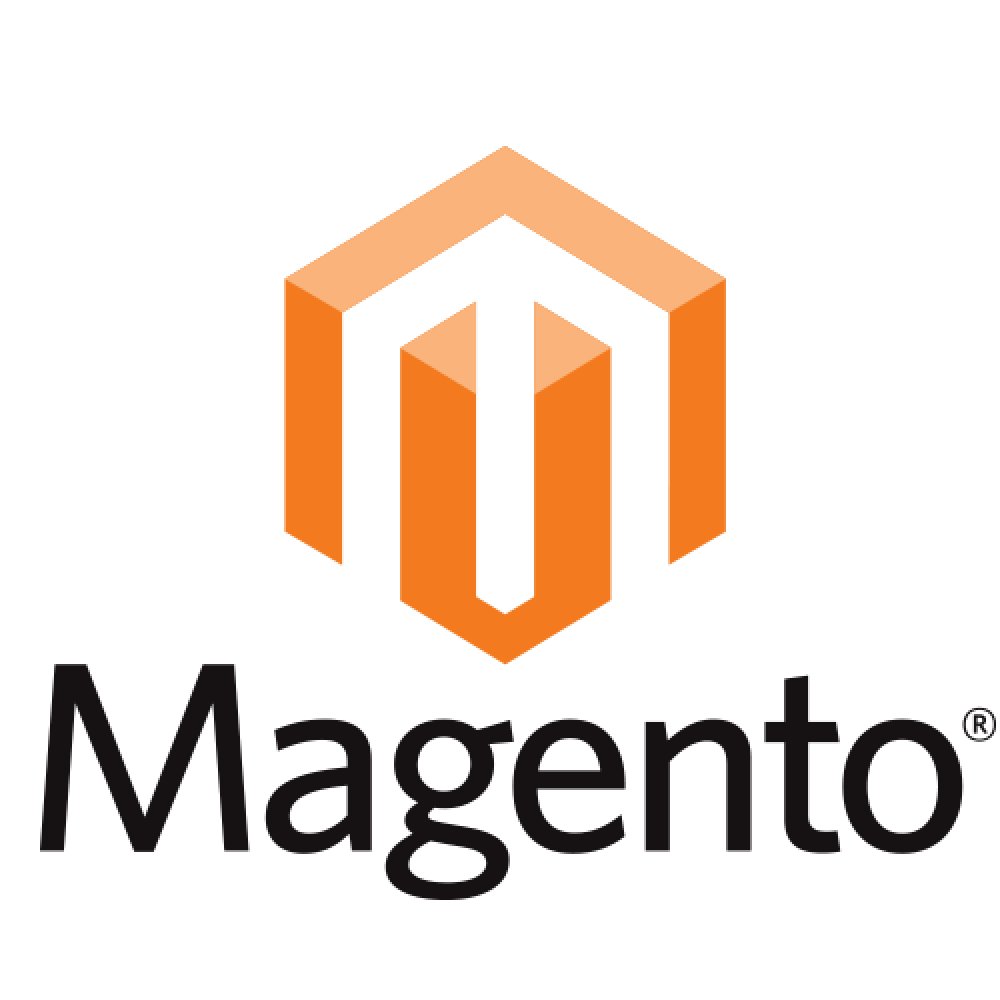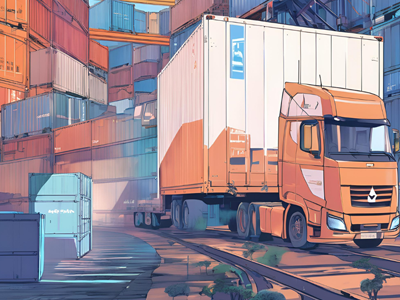Boost Your Sales with Our Chatbot for Cargo Transport
Automate responses and engage customers instantly.
Start your 7-day free trial today!
- Quick Response
- Boost Conversion Rates
- Automate Sales Process
Best AI ChatBot for

Cargo Services

Flower Delivery

e-Commerce

Logistics Consulting
AI ChatBot for Cargo Transport for Optimizing Services
Crowdy OÜ offers innovative AI chatbot solutions for the freight transport industry, aimed at improving business efficiency and optimising customer interactions. These chatbots provide round-the-clock access to essential information, including available services, rates, delivery times and transport conditions. By automating routine processes such as order placement, price calculation and shipment tracking, Crowdy OÜ’s chatbots simplify and accelerate customer interactions while reducing the workload of agents and operators.
In addition to streamlining communication, these chatbots send automated notifications about shipment status and estimated delivery times, improving customer satisfaction and trust. They also collect valuable feedback, helping companies identify potential issues in logistics processes and implement improvements. Supporting over 30 languages, the chatbots facilitate smooth communication for international shipments, making the system more accessible globally. Ultimately, the integration of these chatbots enables transport companies to reduce staff costs, increase responsiveness and focus on strategic business development by offering a more efficient, transparent and customer-focused service.
Advantages and functionalities of Crowdy ChatBot

Customisable Customer Interaction

Advanced AI-Powered Responses

Seamless CRM Integration

24/7 Availability

Data-Driven Insights & Analytics
Why is it profitable to use chatbots in Cargo transportation field?
Chatbots in the trucking industry can significantly improve operational efficiency, optimise customer service and reduce operational costs. Here are a few specific reasons why using chatbots can be beneficial for trucking companies:
- Customer Service Automation: Chatbots can handle standard customer queries, such as checking delivery status, providing information on tariffs and transport conditions, and accepting orders. This reduces the time customers have to wait for responses and reduces the workload of employees, which improves overall service efficiency.
- Order Management: Chatbots can automate the process of entering and managing shipping orders, which reduces the likelihood of errors and speeds up data processing. This also helps provide customers with up-to-date information on delivery times and potential delays.
- Increased Accessibility: Chatbots are available 24/7, ensuring that customers can get the information they need at any time without having to wait for business hours. This is especially important in a globalised world where customers and partners may be located in different time zones.
- Reduced Operational Costs: Automating routine queries and operations with chatbots allows companies to significantly reduce staff costs and human error.
- Improving Customer Experience: Chatbots can offer a more personalised service experience by adapting to customers’ needs and preferences, which can help improve customer satisfaction and loyalty.
- Data Collection and Analysis: Chatbots can collect data on customer interactions, which provides valuable insights for analysing and improving service and optimising logistics routes and operations.
- Multilingual Support: In the global trucking industry, chatbots capable of supporting different languages can greatly improve communication with international customers, simplifying interactions and increasing the potential customer base.
The use of chatbots in the trucking industry not only improves customer service and operational efficiency, but also contributes to business growth and development by streamlining processes and reducing costs.
Essential Tools to Develop a Successful ChatBot
AI-Powered Automation
Streamline client interactions by automating responses and appointment scheduling.
Seamless Data Integration
Connect with EHR and CRM systems to manage client information efficiently.
Lead Qualification
Identify and prioritise potential clients based on their inquiries and needs.
How to find clients in Cargo transport field?
| Strategy | Description |
|---|---|
| Audience & Competitor Analysis | Analysing the target audience and competitors helps identify the needs of businesses and private customers, studying services in demand and pricing policy, and defining competitive advantages. |
| Professional Website | Creating a user-friendly website with service descriptions, transport geography, delivery costs, fleet information, and a contact block. Mobile optimization ensures fast loading and improved interaction. |
| SEO-Optimization | Optimize the site for commercial search queries like “freight transport to [city]” and “international transport.” Registering with Google My Business increases visibility and attracts more traffic. |
| Google Ads Advertising | Use targeted Google Ads with pay-per-click campaigns, geo-targeting, and remarketing to attract business clients and private customers with clear offers. |
| Social Media Promotion | Promote services on LinkedIn and Facebook to attract corporate clients by publishing case studies, logistics solutions, testimonials, and news. |
| Partnerships with Industry | Cooperate with production companies, distributors, and wholesale suppliers for large orders. Participate in business exhibitions and logistics forums to strengthen partnerships. |
| Video Content Creation | Create videos about shipping, packing, fleet demonstrations, and logistics technology. Publish these on YouTube and LinkedIn to increase credibility and expand reach. |
| Special Offers & Promotions | Introduce special promotions such as discounts for first orders, long-term co-operation bonuses, and special conditions for regular customers to stimulate interest. |
| Loyalty Programs & Referrals | Implement referral systems and loyalty programs offering discounts for large orders, recommendations, and special tariffs for regular customers. |
| Partnerships with Marketplaces | Place services on specialized logistics platforms and catalogs to reach new clients and expand the company’s visibility. |
| Email & SMS Newsletters | Use email and SMS newsletters to notify customers about new services, tariffs, special offers, and industry insights to keep them engaged. |
| Outdoor Advertising | Place ads in industrial areas, business centers, and highways. Use transport advertising, billboards, and participation in logistics exhibitions to increase brand recognition. |
| Reputation & Testimonials | Publish customer testimonials on websites and logistics platforms to build trust, supported by case studies of successful shipments and completed orders. |
| Optimized Logistics & Tracking | Implement real-time tracking of shipments, offering transparency and trust by providing customers with accurate, up-to-date shipment status and delivery times. |
Do you know why is Crowdy chatbot the best solution for Cargo transport companies?
Crowdy chatbots are a perfect solution for freight transport companies, automating processes, speeding up enquiry processing and improving customer service. Available 24/7, the chatbot allows customers to make transport requests, check delivery status and calculate service costs at any time, eliminating missed opportunities and delays.
It provides instant information on shipping costs, delivery times and transport conditions, freeing agents from routine tasks and speeding up interactions. The bot can track shipments, send notifications and integrate with CRM and logistics platforms to streamline operations. It also enables online payments and upsells services such as insurance or expedited delivery to increase revenue.
With customisable features, Crowdy’s chatbot adapts to the unique needs of the logistics industry, increasing efficiency, reducing costs and improving customer satisfaction. It’s an intelligent tool that helps optimise business processes and increase profitability.
How will AI change the field of Cargo transportation in the future?
Artificial intelligence (AI) has the potential to radically transform the freight transport industry, offering improvements in efficiency, safety and sustainability of operations. Here are the main areas where AI could change the industry in the future:
- Autonomous cargo transport: AI is a key component in the development of autonomous trucks and ships that can transport cargo without direct human involvement. This not only reduces labour costs, but can also significantly increase the safety of shipping by reducing accidents caused by human error.
- Logistics route optimisation: Using machine learning algorithms, AI can analyse large amounts of data on road conditions, weather and traffic flows to create the most efficient delivery routes. This not only speeds up delivery, but also helps reduce fuel and other operational costs.
- Fleet management and maintenance: AI can automate many aspects of fleet management, including maintenance scheduling, monitoring vehicle condition, and predicting potential faults before they occur. This improves overall vehicle reliability and reduces downtime.
- Enhancing cargo security: AI can help implement advanced security systems that monitor and analyse the condition of cargo in real time, preventing damage or theft. Systems can automatically notify operators of any anomalies or need for intervention.
- Improving Customer Engagement: Integrating chatbots and AI assistants can significantly improve customer service by providing automated delivery status updates, handling queries, and quickly answering customer questions.
- Environmental sustainability: AI helps companies optimise resource use and reduce environmental impact. For example, better route planning and speed management can reduce carbon emissions.
The introduction of artificial intelligence into the freight transport industry represents an opportunity not only to increase productivity and reduce costs, but also to improve the quality of service and environmental sustainability of operations.
Compatible Platforms










AI ChatBot for Cargo Transport
At Crowdy.ai, we’re not just building innovative chatbot solutions — we’re building a community around smart customer engagement, automation, and the future of AI in business. As a forward-thinking company, we believe that transparency, education, and constant communication with our clients are essential to long-term success. That’s why we maintain an active online presence across platforms like YouTube, Instagram, LinkedIn, and other social media channels. Our goal is to keep you informed, inspired, and equipped to take full advantage of the latest advancements in artificial intelligence. By subscribing to our channels, you gain access to a stream of relevant, easy-to-understand content that can help you make smarter decisions, improve customer communication.



